The hard drive on our server crashed yesterday morning, that is why the site was down or slow much of the day. The site had to be restored from backup, and a few comments were lost.
Also, emails were lost. I’ve now replied to all emails I did receive, so if you emailed me and I haven’t replied, please re-send.
If you notice any part of the site that isn’t functioning properly, please let me know.
I’ll do the HDL post later today. I’m sorry for the disruption.
Best, Paul







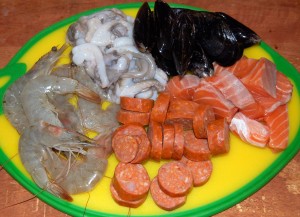
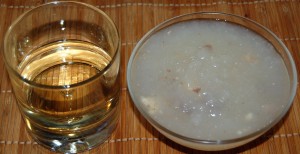
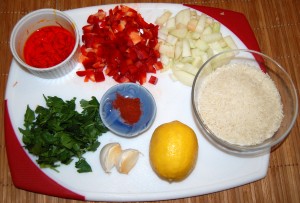
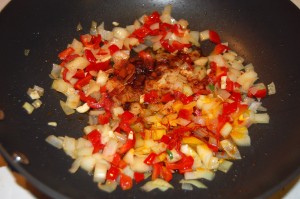
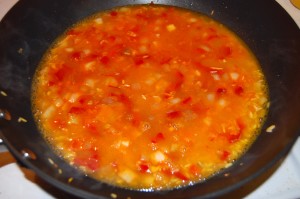
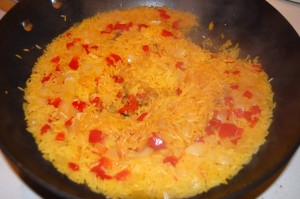
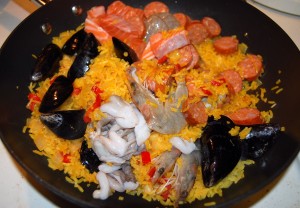
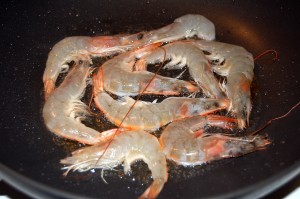
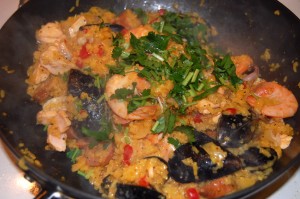
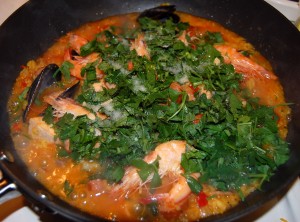
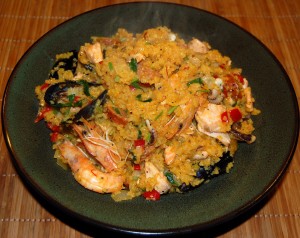
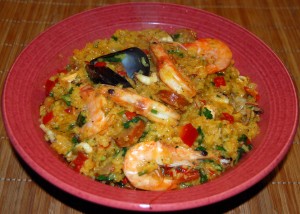




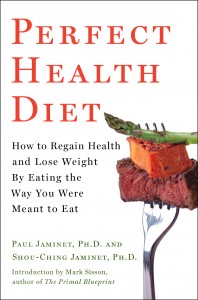
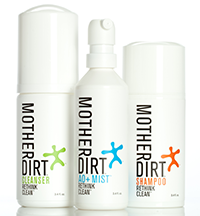
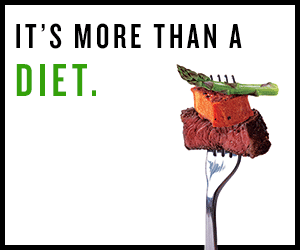
Recent Comments